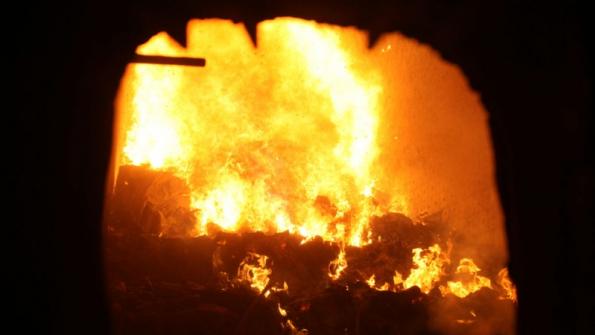The world is facing a growing problem of waste management and disposal. With increasing urbanization and industrialization, the amount of waste being generated is ever-increasing. Landfills are filling up, and the need for more sustainable and efficient waste-to-energy solutions is becoming increasingly urgent.
One technology that has been gaining ground in recent years is incineration. Incineration involves burning solid waste at high temperatures to convert it into energy. However, traditional incinerators have been criticized for their environmental impacts, such as air pollution and toxic ash residue. The latest incinerator technology, however, is quickly transforming waste-to-energy solutions and addressing these concerns.
One of the key advances in the latest incinerator technology is the use of advanced filtration and scrubbing systems to significantly reduce emissions. These systems can capture and remove harmful pollutants, such as dioxins, furans, and heavy metals, before they are released into the atmosphere. This has helped to address the air quality concerns associated with traditional incineration.
Furthermore, the latest incinerator technology has also integrated energy recovery systems that can efficiently capture and convert the heat generated during the incineration process into electricity or heat for industrial use. This allows for the production of a valuable energy resource from waste, reducing the reliance on fossil fuels and contributing to a more sustainable energy mix.
Another significant improvement in the latest incinerator technology is the advanced ash treatment processes. Traditional incinerators produce toxic ash that requires careful handling and disposal. However, the latest technology has incorporated advanced treatment methods to render the ash non-toxic and suitable for safe disposal or reuse in construction materials.
In addition to these technological advancements, the latest incinerator technology also offers greater flexibility in the types of waste that can be processed. Modern incinerators are equipped with sophisticated sorting and shredding systems that can handle a wide range of waste streams, including municipal solid waste, commercial and industrial waste, and even hazardous waste.
Moreover, the latest incinerator technology is also designed to meet stringent environmental regulations and standards, ensuring that the facilities are operated in a responsible and sustainable manner.
Overall, the latest incinerator technology is transforming waste-to-energy solutions by improving the environmental performance, increasing energy recovery efficiency, and providing a more sustainable approach to waste management. With these advancements, incineration is becoming an increasingly viable option for converting waste into valuable energy resources while minimizing its environmental impact.
As the world continues to grapple with the challenge of managing increasing amounts of waste, the latest incinerator technology offers a promising solution that can help to reduce the reliance on landfills and contribute to a more sustainable and circular economy. It is clear that the latest incinerator technology is playing a crucial role in transforming waste into a valuable resource for the future.



